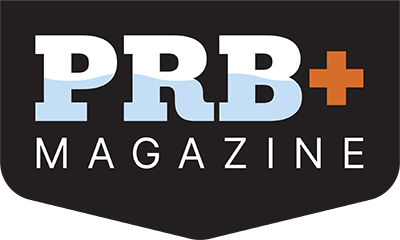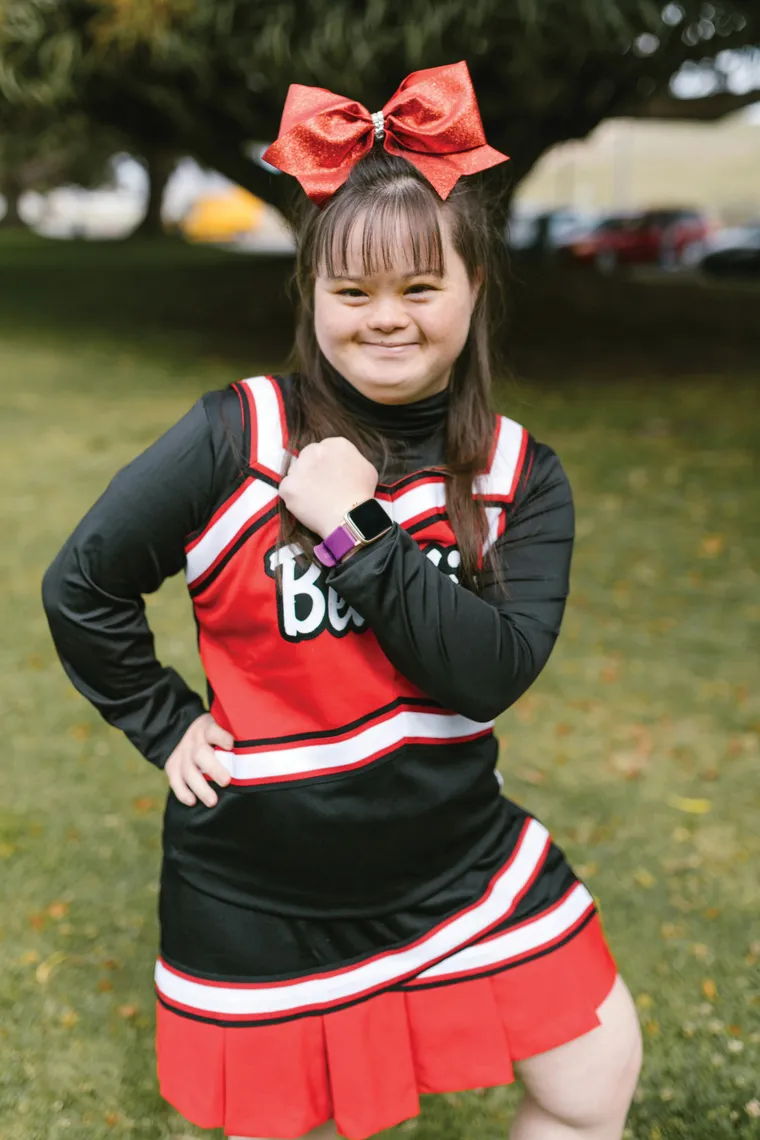Making sports facilities accessible and inclusive
Neighborhood parks are places where many children participate in their first athletic program. Whether it’s recreational tee-ball, baseball, softball, soccer, basketball, tennis, or any other sport, park programs (and the facilities that host them) serve as the launching pad that can ignite a child’s lifelong love affair with sports. In fact, parks and rec leaders are likely overseeing programs right now, and the participating kids are discovering all the benefits active play has to offer.
For another segment of the population—those with challenges (either physical or developmental, or those who might fall somewhere between, such as individuals with colorblindness or sensory processing issues)—sports represent an equally important opportunity, not just to become active but to belong, to make friends, and to conquer isolation.
This has created a need for park and recreation managers to ensure their facilities are usable by a wide variety of athletes.

